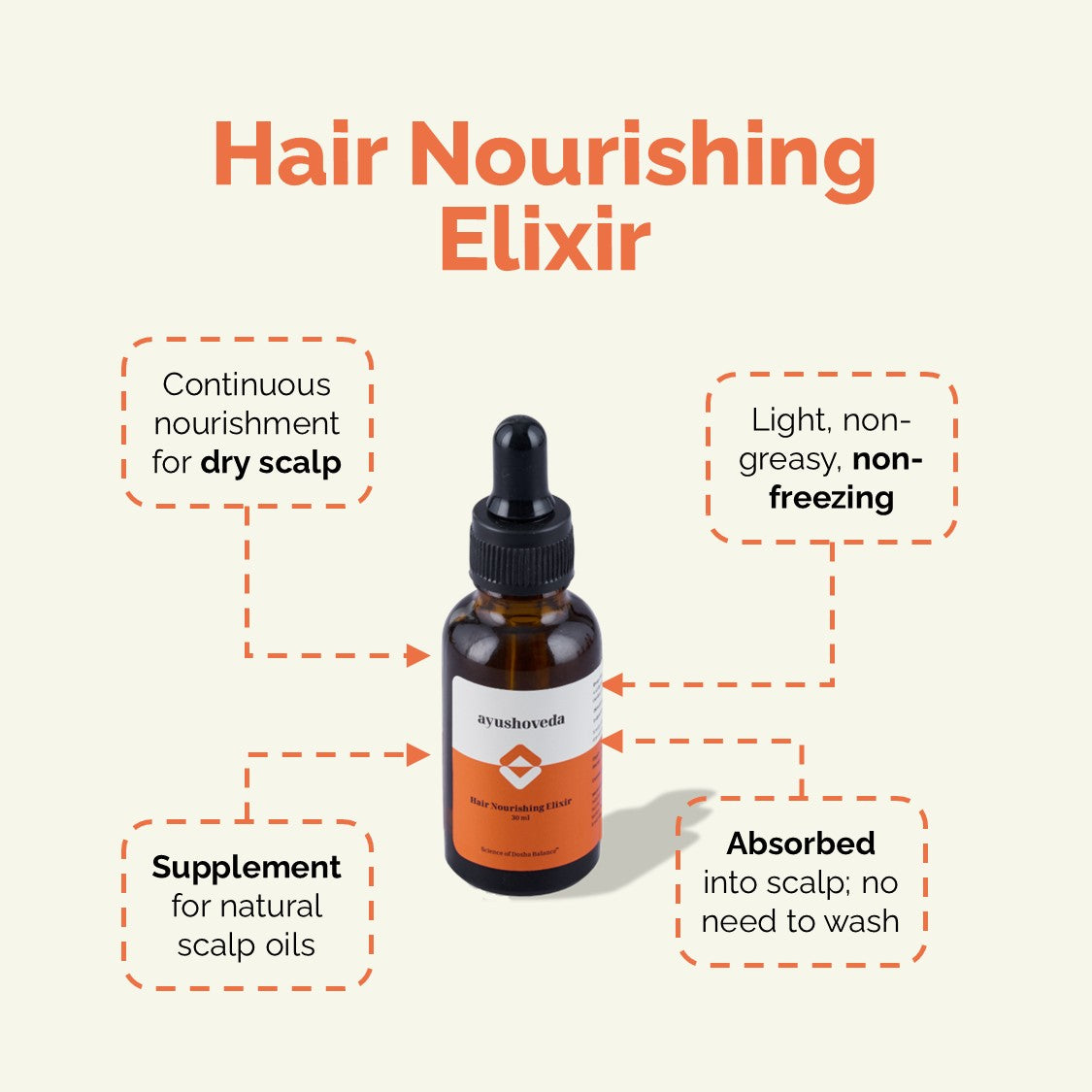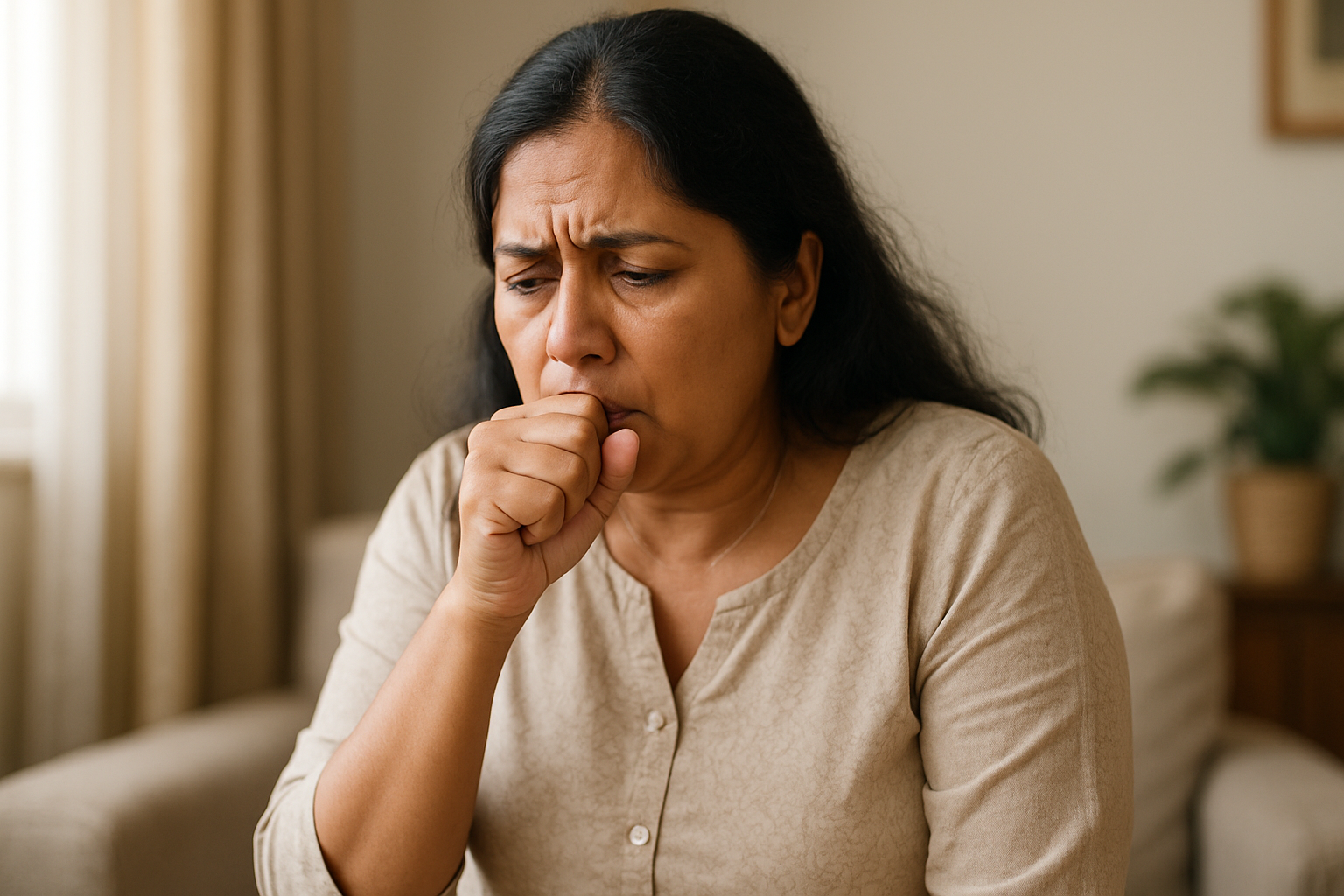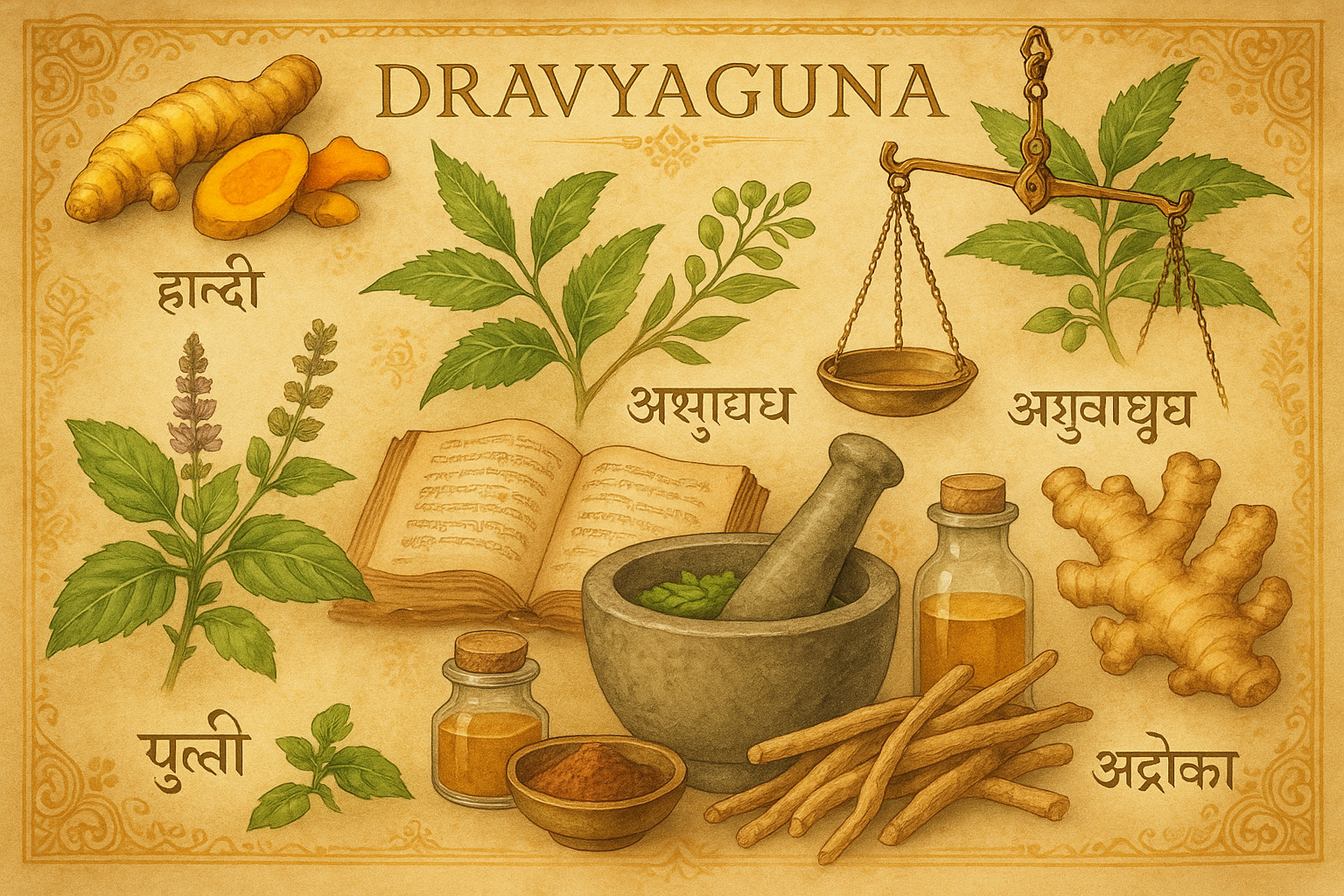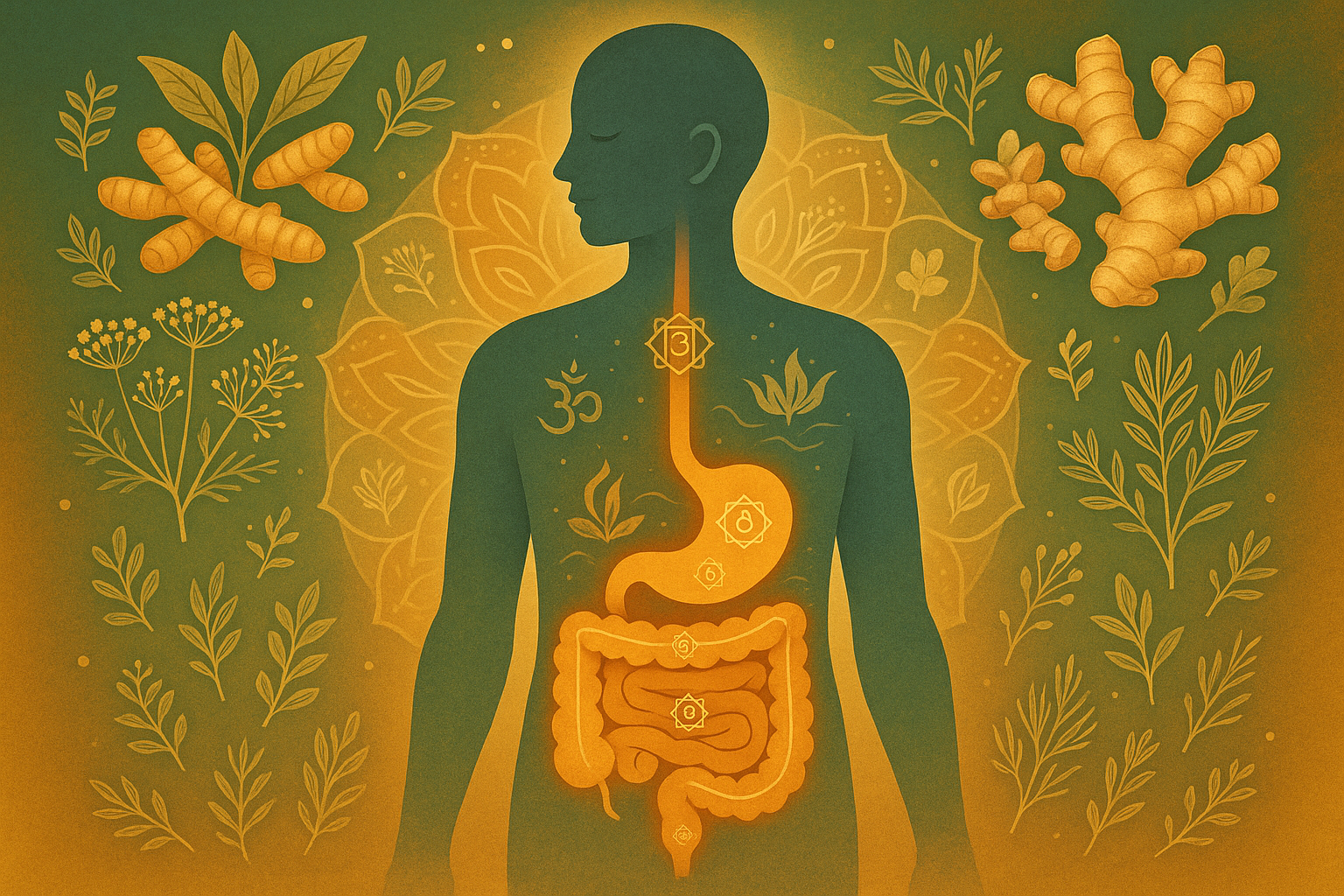Ayurveda identifies hyperacidity as Amlapitta, a condition where the digestive fire (Pachaka Pitta) becomes sour (Amla) and displaced. When this sourness rises upwards (causing heartburn, burping, or throat irritation), it's classified as Urdhwagata Amlapitta. If the symptoms are in the lower gut, like burning or discomfort in the abdomen and anal opening, it is known as Adhogata Amlapitta.
Interestingly, classical texts like Charaka and Sushruta do not mention Amlapitta directly—pointing to the fact that it likely emerged as a disease in later centuries, correlating with evolving lifestyles and diet habits. Its appearance in texts like Madhava Nidana (12th century) coincides with societal shifts toward erratic routines, processed foods, and late-night activity.
Causes of Amlapitta: Rooted in Modern Living
Dr. Nambi attributes the rise in acidity to a combination of dietary and behavioral patterns:
-
Viruddhahara (Incompatible foods): Mixing conflicting foods or overeating can aggravate Pitta.
-
Excess sour and spicy intake: Overuse of tamarind, kodampuli (Garcinia), red chillies, and alcohol irritates the digestive system.
-
Night lifestyle: Staying awake late or skipping meals disrupts metabolism.
-
Sedentary behavior: Lack of exercise leads to poor digestion and Pitta imbalance.
-
Erratic fasting or delayed eating: Skipping meals, then eating heavy or spicy food causes digestive chaos.
Managing Amlapitta: Two Therapeutic Paths
According to Ayurveda, treatment of Amlapitta follows two paths:
-
Shodhana (Cleansing): Indicated when symptoms are severe and the patient has good strength. This involves detoxification therapies to remove aggravated doshas.
-
Shamana (Pacification): Ideal for milder cases where the goal is to soothe the aggravated Pitta using diet, lifestyle changes, and medicines.
Early treatment is key. Chronic, neglected acidity is harder to cure and may only be managed symptomatically.
Practical Remedies and Ayurvedic Insights
Dr. Nambi shared practical home remedies and formulations:
-
Avipattikara Churnam: A herbal powder that gently relieves acidity and supports bowel movements.
-
Cow’s ghee: Cooling and lubricating, ideal for reducing Pitta. Start with 15–20 ml at night with warm milk.
-
Coriander water: Boiled coriander seeds help reduce internal heat.
-
Milk rice (Palannam): A simple and nourishing food, especially during flare-ups.
-
Avoidance of curd: Especially in Pitta individuals; prefer buttermilk instead.
The Power of Routine: Ahara, Vihara, Aushadha
Dr. Nambi emphasizes the importance of addressing Amlapitta through three pillars:
-
Ahara (Food): Stick to traditional, region-specific, easily digestible food. Avoid overeating, spicy, salty, or sour foods.
-
Vihara (Lifestyle): Prioritize good sleep, regular mild exercise, oil massage (abhyanga), and timely eating.
-
Aushadha (Medicine): Use only when needed; not as a first-line solution.
Best Practices for Prevention
-
Sleep on the left side to support digestion.
-
Walk 100 steps after meals before lying down.
-
Avoid late-night eating and digital overstimulation.
-
Minimize use of over-the-counter antacids like Eno for long-term relief.
Q&A Summary: Key Insights from the Session
1. What is the best sleeping position for digestion?
→ Sleep on your left side after a light walk post-meal for optimal digestion.
2. Can pepper cause acidity?
→ Unlikely for most, but Pitta dominant individuals may react even to mild spices.
3. How does Ayurveda differentiate GERD and IBS?
→ GERD aligns with Amlapitta; IBS corresponds to Grahani Roga, linked with poor digestive retention.
4. Is milk good for acidity?
→ Yes, but people with Pitta dominance or lactose intolerance should monitor their reaction.
5. What foods immediately cool down acidity?
→ Ghee, boiled rice with milk, coriander water, and mild buttermilk.
6. Can peanuts and jaggery worsen acidity?
→ Roasted peanuts can increase Vata; jaggery may increase Kapha. Both should be used mindfully.
7. How often should one take oil baths?
→ Ideally daily, especially for Pitta types, using appropriate cooling oils like Chandanadi or Bala tailam.
8. What’s the Ayurvedic view on turmeric milk for sleep?
→ Turmeric is heating; Pitta types should use it cautiously. Prefer ghee with milk instead.
9. Is curd acidic? What’s better?
→ Yes. Buttermilk is lighter and preferred, especially churned and diluted.
10. What to avoid during summer (Ritucharya)?
→ Sour, salty, spicy foods; excessive sun exposure and vigorous exercise. Prefer sweet, oily, and cool foods.


















